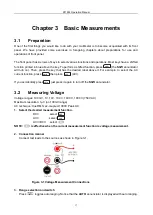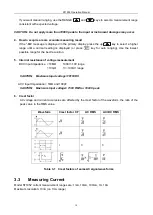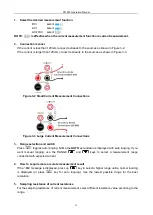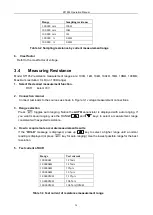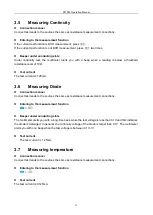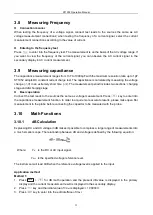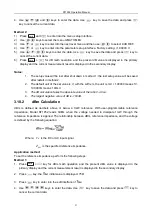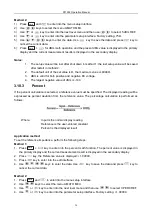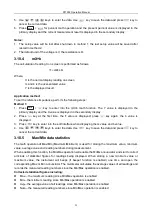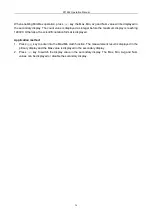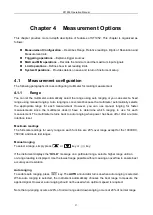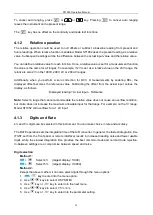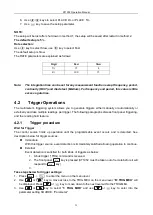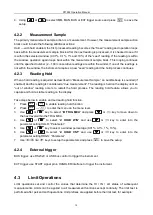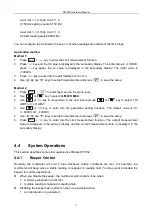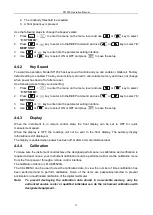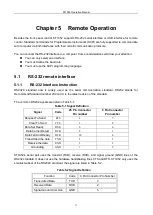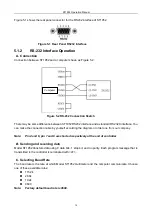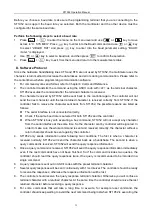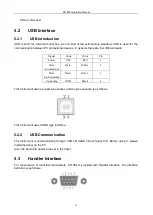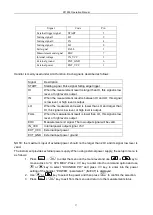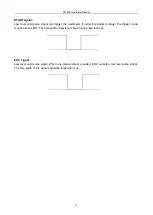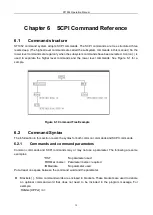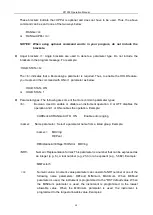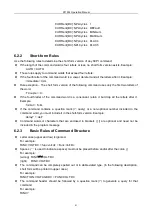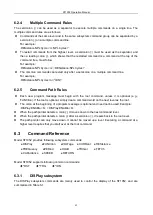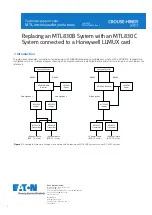
ST1952 Operation Manual
27
Chapter 4 Measurement Options
This chapter provides more in-depth description of features of ST1952. This chapter is organized as
follows:
Measurement Configuration
– Describes Range, Relative readings, Digits of Resolution and
Measurement rate
Triggering operations
– Explains trigger sources
MAX and MIN operations
– Records the minimum and the maximum input signals
Limit operations
– Defines how to set reading limits
System Operations
– Provides details on
save and return of instrument setup
4.1 Measurement configuration
The following paragraphs discuss configuring multimeter for making measurement.
4.1.1 Range
You can let the multimeter automatically select the range using auto ranging or you can select a fixed
range using manual ranging. Auto ranging is convenient because the multimeter automatically selects
the appropriate range for each measurement. However, you can use manual ranging for faster
measurements since the multimeter doesn’t have to determine which ranging to use for each
measurement. The multimeter returns back to auto ranging when power has been off or after a remote
interface reset.
Maximum readings
The full scale readings for every range on each function are 20% over range except for the 1000VDC,
750VAC and diode test ranges.
Manual ranging
To select a range, simply press
or
key or
key.
If the instrument displays the “
OVL.D
” message on a particular range, select a higher range until an
on-range reading is displayed. Use the lowest range possible without causing an overflow to ensure best
accuracy and resolution.
Auto ranging
To enable auto ranging, press
key. The
AUTO
annunciator turns on when auto ranging is selected.
While auto ranging is selected, the instrument automatically chooses the best range to measure the
applied signal. However, auto ranging should not be used when optimum speed is required.
Note that up-ranging occurs at 20% of normal range and down-ranging occurs at 20% of normal range.





